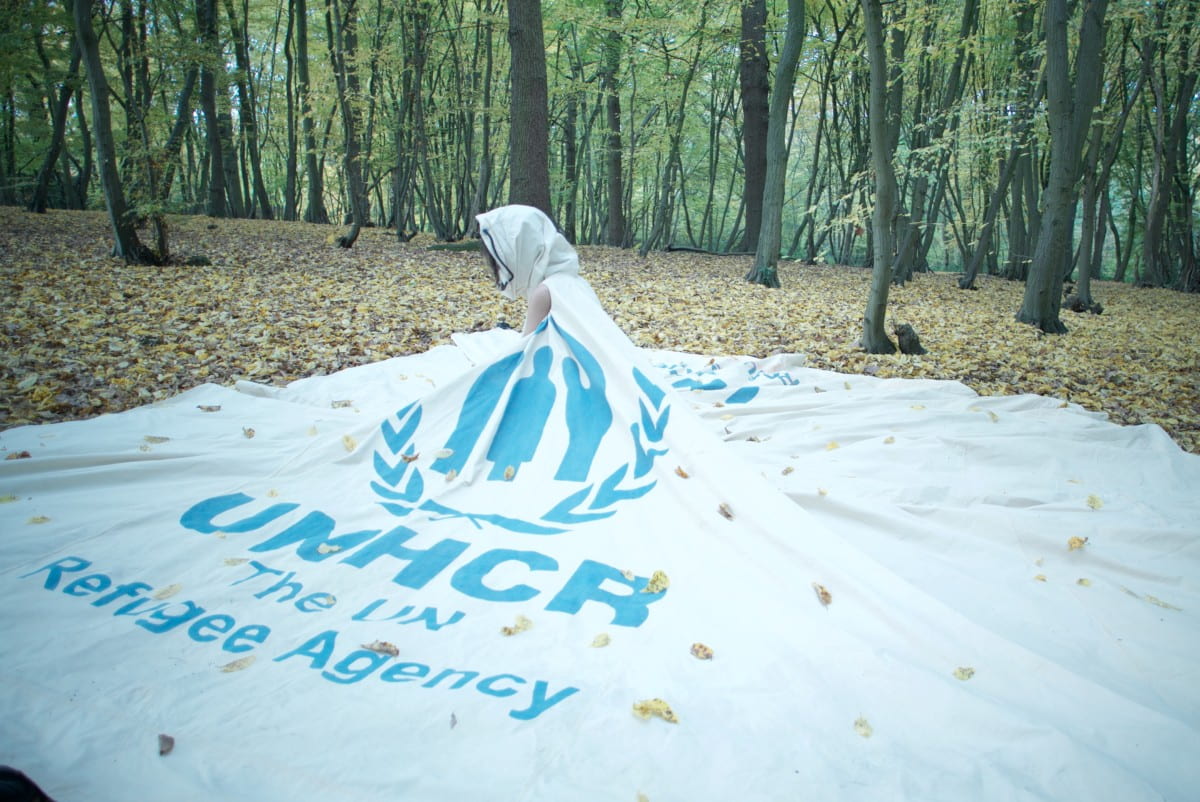It is fair to say that the level of exposure relating to transgender issues within mainstream media is unprecedented, with a surge of inclusion across a number of media. Three films – Tangerine, The Danish Girl, and About Ray (the last of which is due for release later this year) – have been widely publicised and credited, with the former two receiving critical and commercial acclaim. Television has witnessed a rise in transgender characters and actors: Orange Is the New Black, Transparent and EastEnders, to name a few. Additionally, transgender public figures’ activism has gained momentous support – both actress Laverne Cox and former athlete Caitlyn Jenner have separately won Glamour magazine’s Woman of the Year.
Collectively, these representations have contributed significantly to the way society is changing how it perceives and understands trans identity. Moreover, it has challenged the way we value and label even binary forms of gender: Kanye West, for example, has shattered age-old illusions of hip-hop being an aggressively ‘masculine’ and misogynistic genre by wearing skirts at his concerts. Having these identifiable figures to relate to has encouraged people to recognise that definitions of gender are shifting, and that they can explore beyond traditional perceptions of gender behaviour. Indeed, according to a survey recently published by YouGov, 41% of people in the UK believe that gender is a social construct, demonstrating an increasing consideration and awareness for a wider spectrum of gender.

& Other Stories Campaign. Image via WWD
The fashion industry, constantly mindful of zeitgeists, shifting ideals in body image and what sells, has consequently adopted the issue of gender once more. The term ‘gender bending’ has proved particularly popular and has been seen in a myriad of fashion articles, gaining with its publicity, a trend status. Female models in particular have become increasingly familiar in menswear runway collections – Gucci, Calvin Klein, Givenchy and Saint Laurent, to name a few, all selected female models this past year alone. It is reminiscent of the surge of Chinese and East Asian models featured in shows over the past five years, in recognition of the increasing value of the Chinese consumer and luxury-goods market. However, despite valuing this trend as – well, just that – a trend, festishising and exploiting a vulnerable social sector for financial gain, it would be cynical to dismiss it completely. By its very nature, diverse representation is inclusive, and the familiarity it brings encourages a sense of normalisation. However, as with any historically marginalised group, consistent ethical commitment is necessary. Two campaigns debuted last year showcase this perfectly: H&M-owned brand & Other Stories’ A/W15 campaign, and Selfridges’ Agender campaign.
The & Other Stories campaign was noticeable for its thoughtfulness: it featured an all-trans team of not just transgender models, but photographer, stylist and make-up artist. This delivered a powerfully defiant message against what is often labelled the ‘cisgender gaze’, a term that was appropriated from the ‘male gaze’. Coined by film critic Laura Mulvey in 1975, it is used to describe how women were/are objectified and portrayed by men in film, often with an emphasis on sexualising women’s bodies. ‘Cisgender gaze’ similarly reflects the anger many transgender people feel about how their gender identity is often presented by cisgender people within mainstream media. The beautiful campaign imagery exemplified trans people in control of the image they wanted to present, breaking down normative beauty standards imposed by cisgender hands. It represents a subtle yet important shift: including transgender people in a framework of luxury and beauty relays these values and connotations to viewers.

Selfridges ‘Agender’ Campaign. Image via Selfridges
Broadening into a wider spectrum of gender, Selfridges’ Agender campaign was launched within their Concept Store to create a genderless retail environment. They defined ‘agender’ as ‘without a gender (nongendered, genderless, agender; neutrois); moving between genders or with a fluctuating gender identity (genderfluid); third gender or other-gendered; includes those who do not place a name to their gender’. Featuring a video that included models encompassing all of these definitions, the concept store avoided any culturally embedded notions of gender, freeing the consumer to purchase whatever they wanted. Like & Other Stories, the Agender campaign is attractive to potential consumers who relate to these values, whether or not that is necessarily gender identity.
Despite risks from socially conservative consumers, by acknowledging and celebrating diversity these brands open themselves up to lucrative markets. As discussion around gender continues, more and more people are identifying with a broader scale of gender definitions – including being transgender. Sceptical commentators may argue that the shift towards more diverse representation may be financially and market motivated – and perhaps in part it is. However, these campaigns are indicative of a wider social change, and it shall be fascinating to observe how other retailers adapt to this quickly growing market.




